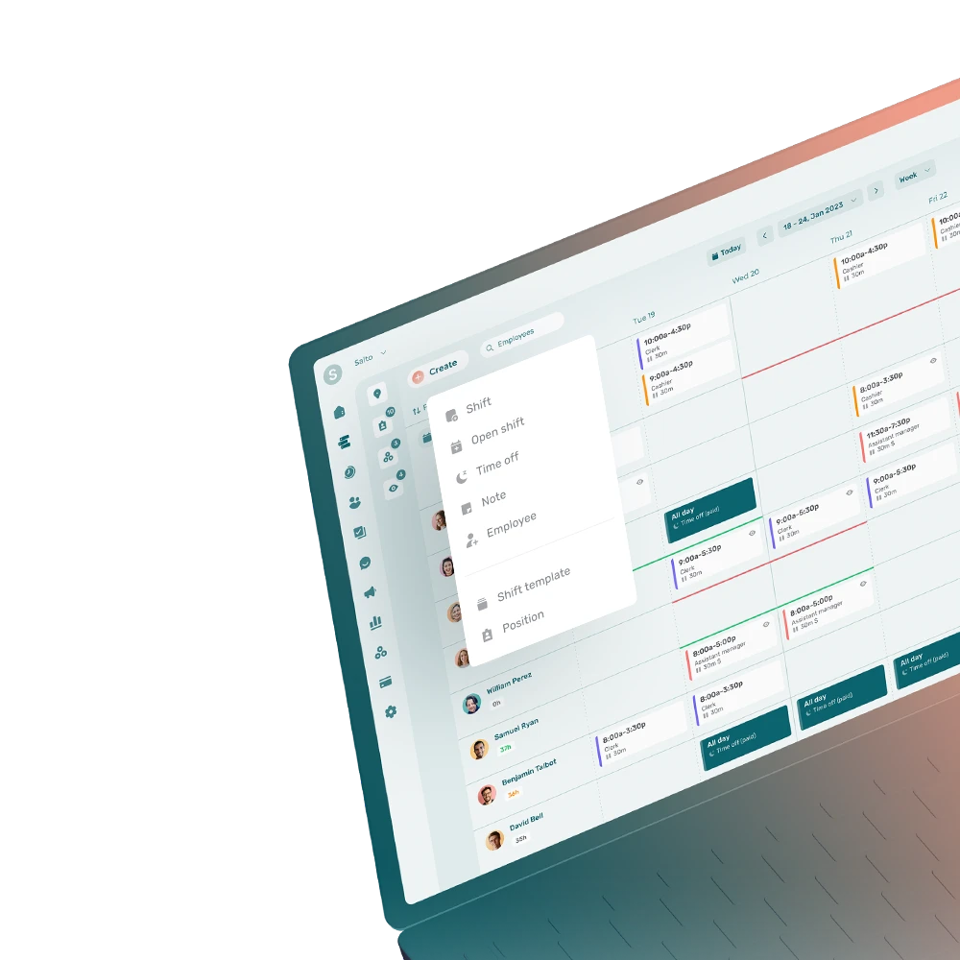A pay period refers to the reference period used by an employer to pay employees.
What Are Different Types of Pay Periods?
The different types of pay periods include:
- Weekly pay
- Monthly pay
- Bi-monthly pay
- Pay every other week or bi-weekly pay
How Many Pay Periods Are There in a Year?
The number of pay periods in a year depends on the pay period.
If an employee receives a weekly salary, there will be 52 pay periods.
If they receive a monthly salary, there will be 12 pay periods.
If they receive a bi-monthly salary, there will be 24 pay periods.
If they receive a salary every 2 weeks, there will be 26 pay periods.
How Are Pay Periods Determined?
Pay periods are determined individually by each company. Each company can decide on the type of pay period according to their needs and situation.
What Are Some Examples of Pay Periods?
If an employee earns $50,000 a year, they will receive different amounts depending on the pay period chosen by the employer.
For example, the employee will receive $961.54 if they get their salary weekly.
They will receive $2,083.33 if they are paid bi-monthly.
They will receive $4,166.67 if they get their salary monthly.
They will receive $1,923.08 if they are paid every other week.
What Should an Employer Consider When Choosing a Pay Period?
Employers should generally consider the following information when choosing a pay period:
- Cash flow
- Legislation in force
- The type of employees (full-time, permanent, temporary, part-time, etc.)
- The amount of overtime
- The cost of accounting services
- Employee needs
What Are the Common Errors Made When It Comes to Pay Periods?
The common errors made when it comes to pay periods generally involve:
- Calculation of overtime
- Calculation of hours worked
- Poor monitoring of employee remuneration







